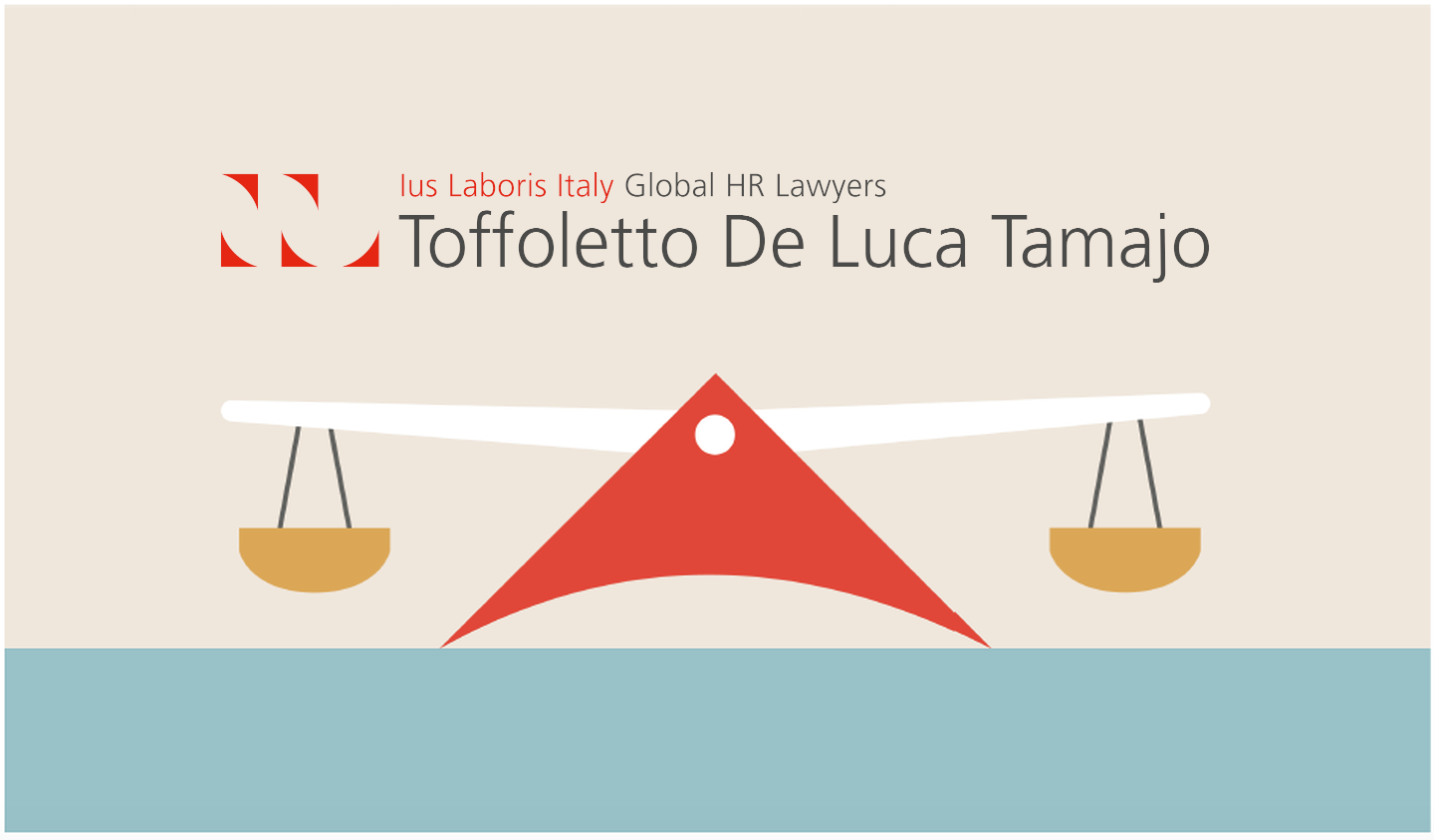Last Updated on May 16, 2022
In the world of work, this goal is still a long way off, but there are many initiatives at national and European level aimed at achieving it.
Author: Avv. Valeria Moriggi
We hear more and more about equal opportunities, gender equality, equal pay, but what is meant by gender equality? What concrete measures have been put in place in recent years and what are the objectives that Italy, and more generally Europe, intend to achieve in this respect?
Gender Equality is defined by the European Institute for Gender Equality as “Equal rights, responsibilities and opportunities of women and men and girls and boys”.
Achieving gender equality is a global goal, one of the Sustainable Development Goals of the United Nations 2030 Agenda. At European level, in 2020 the Commission adopted the EU Gender Equality Strategy 2020–2025, that sets out sets out key actions for the following 5 years and commits to ensuring that the Commission will also include an equality perspective in all EU policy areas.
The principle of equal pay for work of equal value is a long standing one within the European Union legislative framework: from the Treaty of Rome (1957) to Directive 2006/54/EC, complemented by the Commission Recommendation on Pay Transparency. It is also part of the European Pillar of Social Rights and of the last proposal for a Directive “to strengthen the application of the principle of equal pay for equal work or work of equal value between men and women through pay transparency and enforcement mechanisms”.
But Equality means more than equal pay (that remains one of the most critical points, even if some important measures and laws has been recently adopted all around the world, also in Italy): the Global Gender Gap Index benchmarks the evolution of gender-based gaps among four key dimensions (Economic Participation and Opportunity, Educational Attainment, Health and Survival, and Political Empowerment) and tracks progress towards closing these gaps over time.
According to the 2021 Global Gender Gap Report, the gender balance will be achieved in 135.6 years.
Women continue to be under-represented in the world of work and institutions.
In Italy, in 2020, the Cerved-Fondazione Marisa Bellisario report notes that there are still very few women in top positions on the Board of Directors (CEO or Chairman), far from the quota imposed by law on boards.
Moreover, according to the World Economic Forum’s index, Italy ranks 76th out of 149 countries surveyed in terms of gender inequality, at the bottom of the list of most advanced countries.
ISTAT data on the presence of women by professional profile within companies offers a clear picture of the gender gap, with the female share decreasing in positions of greater responsibility.
Across the country, women managing director account for only 6.3% of the total.
However, the context is evolving, even if still slowly: in July, the Women20 summit – the G20 group that deals with gender equality and represents civil society – took place in Rome, outlining projects, proposals and strategies to increase the presence of women in the workforce and invest in women’s entrepreneurship. Countries have set medium- and long-term targets to meet and even exceed the Brisbane target of reducing gender gaps in labour force participation rates in G20 countries by 25% by 2025.
On 30 April 2021, the Italian Government submitted to the European Union its Recovery Plan, the “National Recovery and Resilience Plan”. It describes projects and objectives in which the country intends to invest the 200 billion euro of resources provided by the European fund.
One of its objective is to reduce the gender gap, aiming to an increased participation of women in the labour market. The plan expressly provides, for companies drawing on European funds to implement projects under the plan, to commit to the priority recruitment of young people and women.
It also foresees the establishment of the National Gender Equality Certification System in 2022.
It aims to encourage “companies to adopt adequate policies to reduce the gender gap”, with particular attention to the most critical areas: opportunities for growth within the company, equal pay for equal tasks, policies for managing gender differences, maternity protection.
A number of certification bodies already operate in our country, and some companies have already obtained this important recognition.
Many companies have also adopted internal policies and regulations governing these aspects, demonstrating that Italian business is open to change and attentive to an increasingly emerging issue, such as gender equality.
